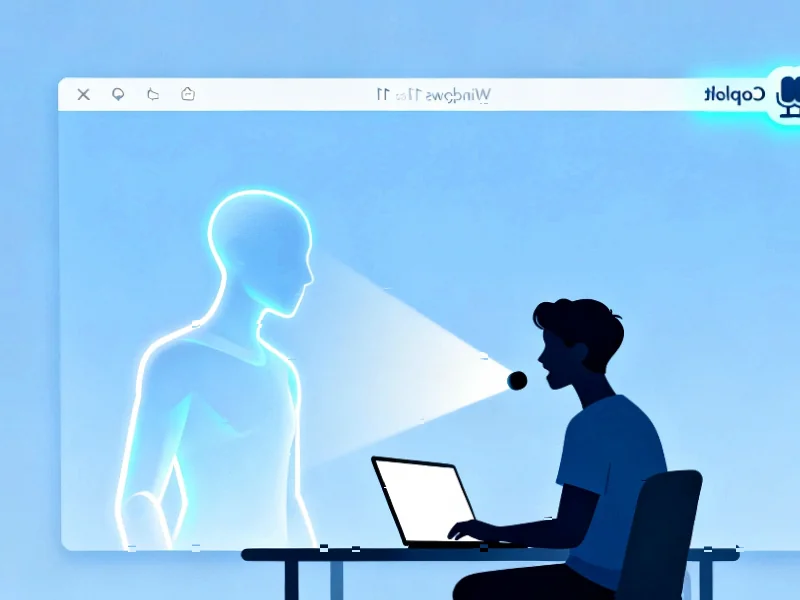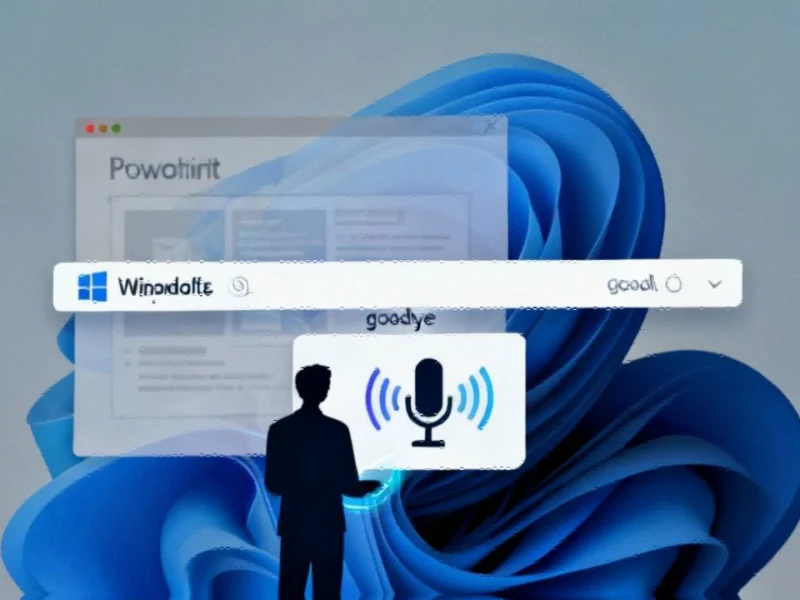TITLE: Claude’s Web-Based Coding Revolution and DeepSeek’s OCR Breakthrough Reshape AI Landscape
Anthropic Unleashes Claude Code for Web Development
Artificial intelligence pioneer Anthropic has launched a groundbreaking web-based coding capability for its Claude AI assistant, marking a significant advancement in how developers interact with AI coding tools. The beta research preview enables developers to access Claude Code directly through web browsers, eliminating the need for complex local installations and opening up new possibilities for collaborative coding environments.
Table of Contents
According to Anthropic’s announcement, the web-based Claude Code allows development teams to tackle bug backlogs, implement routine fixes, and manage parallel development work using Anthropic’s managed cloud infrastructure. The system enables developers to connect their GitHub repositories, describe their requirements in natural language, and have Claude implement solutions autonomously.
Enterprise-Grade Security and Mobile Expansion
Security remains a paramount concern in the new web implementation. Anthropic has implemented comprehensive safety measures, including running all Claude Code tasks within an isolated sandbox environment with strict network and filesystem restrictions. The company emphasized that GitHub interactions are handled through a secure proxy service that restricts Claude’s access exclusively to user-authorized repositories.
Complementing the web release, Anthropic is extending Claude Code’s availability to iOS devices, though the company acknowledges that user feedback will likely shape the mobile experience through iterative improvements. The web-based Claude Code is currently available to Pro and Max tier subscribers, positioning it as a premium offering for professional development teams.
Anthropic’s Momentum and Enterprise Adoption
The launch comes during a period of remarkable growth for Anthropic, which recently achieved a $183 billion valuation and secured preliminary approval for a landmark $1.5 billion copyright settlement. The company‘s latest model releases, including Claude Sonnet 4.5—which Anthropic claims is the world’s best coding AI—and the updated Claude Haiku 4.5, demonstrate its commitment to expanding its model portfolio across different performance and pricing tiers.
Enterprise adoption appears to be driving significant revenue growth, with Reuters reporting that Anthropic is projected to reach a $9 billion annual revenue run rate by year-end. The company’s expanding partnership with Deloitte, making Claude available to the professional services firm’s 470,000 employees, represents Anthropic’s largest enterprise deal to date and signals growing corporate confidence in AI-assisted development.
DeepSeek’s Vision Compression Breakthrough
Meanwhile, Chinese AI research company DeepSeek has published a feasibility study exploring novel approaches to compressing large image-based text documents for AI processing. The newly developed DeepSeek-OCR system represents a significant advancement in optical character recognition technology, specifically designed to help AI models process larger volumes of visual data efficiently., as as previously reported
The system employs a sophisticated two-component architecture featuring a DeepEncoder as the core engine and a complementary decoder. For training and evaluation, DeepSeek researchers utilized an extensive dataset of 30 million PDF pages spanning approximately 100 languages, supplemented with synthetic diagrams, chemical formulas, and geometric figures to ensure robust performance across diverse document types.
Impressive Performance Metrics and Future Implications
DeepSeek’s research yielded compelling results, with the model achieving 97% decoding precision when text tokens numbered less than ten times the volume of vision tokens. However, performance decreased to approximately 60% accuracy when vision tokens overwhelmed text tokens by a factor of twenty, highlighting the importance of balanced token distribution for optimal OCR performance.
The study arrives shortly after DeepSeek’s launch of its experimental V3.2-Exp model, which the company describes as an intermediate step toward its next-generation architecture. DeepSeek researchers suggest that their OCR compression research shows promising potential for informing the development of future vision language models and large language models, potentially enabling more efficient processing of visual documents at scale.
Industry Implications and Future Trajectory
These parallel developments from Anthropic and DeepSeek illustrate the rapidly evolving landscape of AI-assisted development and document processing. Anthropic’s web-based coding capabilities lower the barrier to entry for AI-assisted development, while DeepSeek’s compression research addresses fundamental challenges in processing visual information at scale.
As both companies continue to refine their offerings, the industry can expect to see increased competition in AI development tools and document processing capabilities. The timing of these announcements, coming shortly after both companies’ previous major launches, suggests an accelerated innovation cycle in the AI sector that shows no signs of slowing.
For organizations tracking AI developments, these advancements represent significant milestones in making AI more accessible for development workflows and more capable in handling complex document processing tasks—two critical areas that will likely shape enterprise AI adoption in the coming years.
Related Articles You May Find Interesting
- AlphaDIA Revolutionizes Proteomics with Deep Learning and Transfer Learning Capa
- Multi-Target Chalcone Derivatives Show Promise as Next-Generation Alzheimer’s Th
- Zinc Oxide Breakthrough Paves Way for Scalable Quantum Computing
- Coupa Develops AI-Powered Digital Twin to Navigate Global Supply Chain Volatilit
- How Digital Twins and AI Are Reshaping Supply Chain Resilience in an Era of Perm
References & Further Reading
This article draws from multiple authoritative sources. For more information, please consult:
This article aggregates information from publicly available sources. All trademarks and copyrights belong to their respective owners.
Note: Featured image is for illustrative purposes only and does not represent any specific product, service, or entity mentioned in this article.



